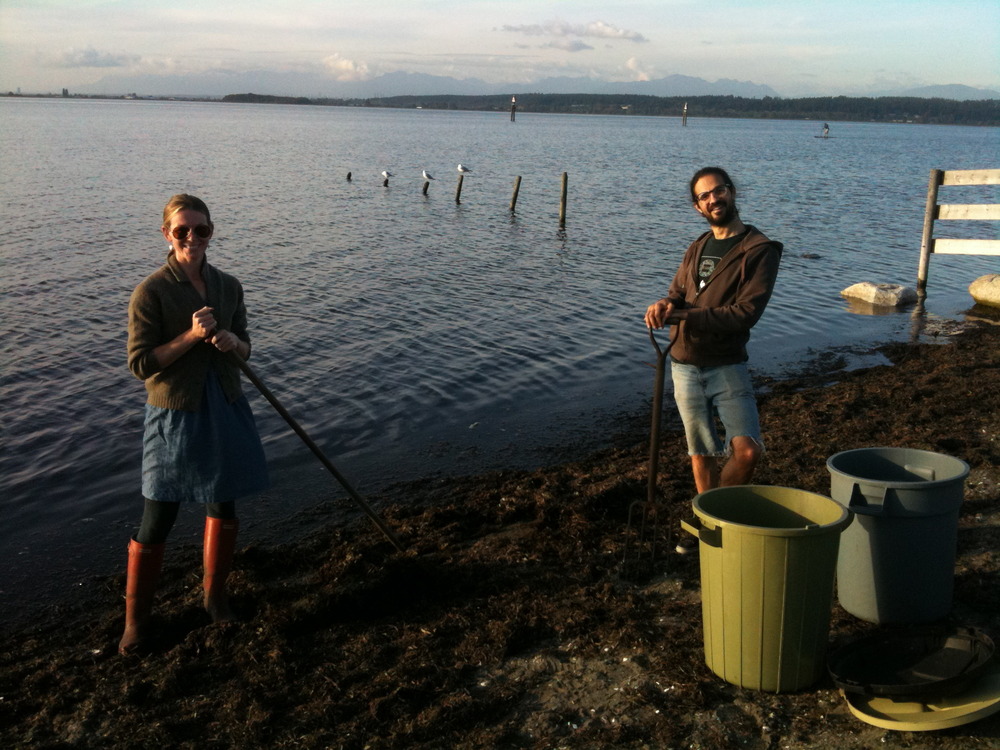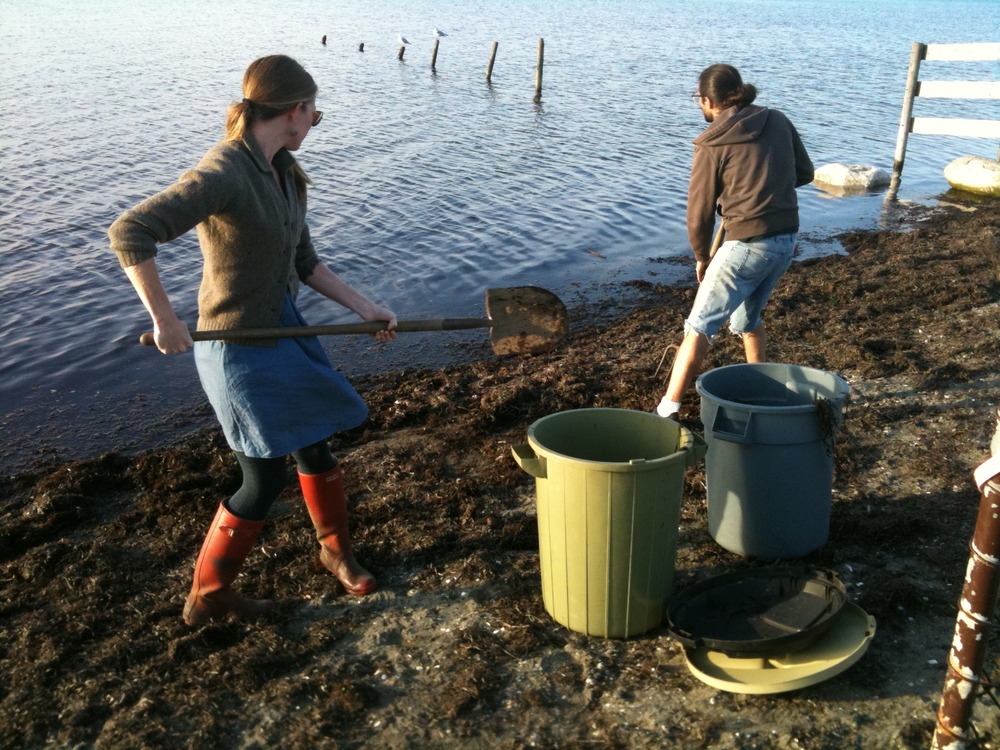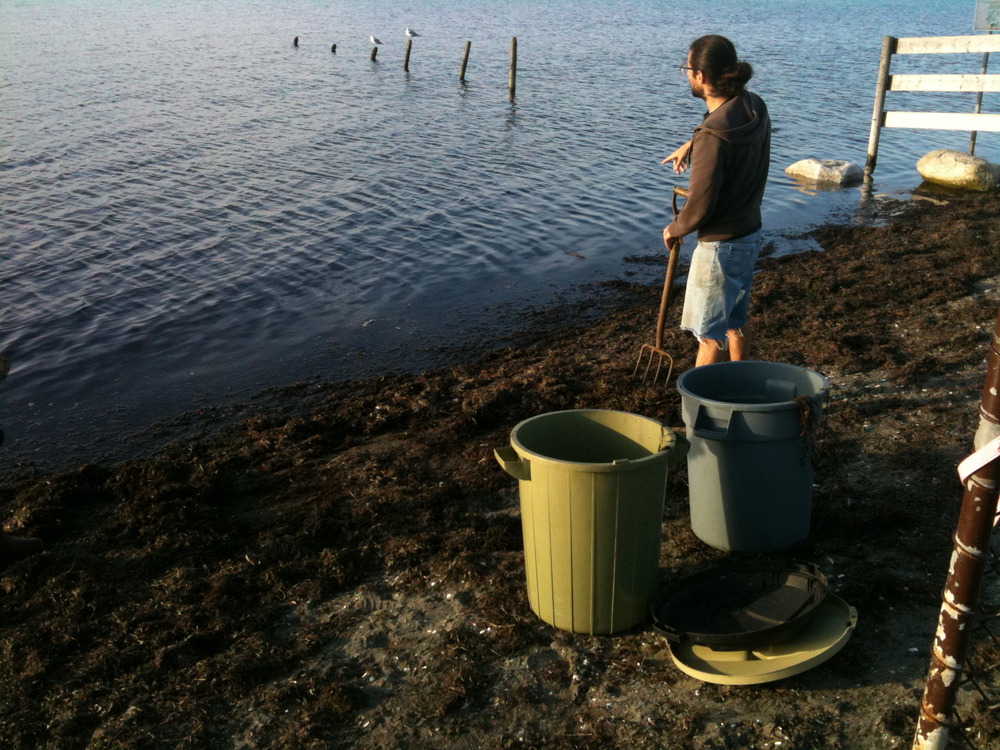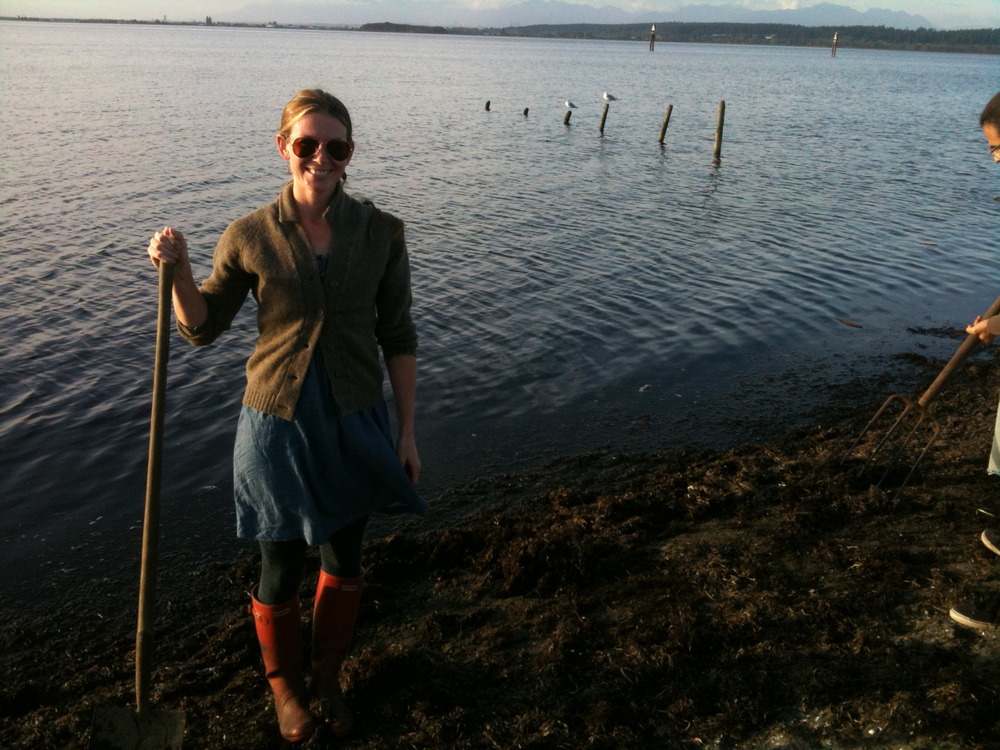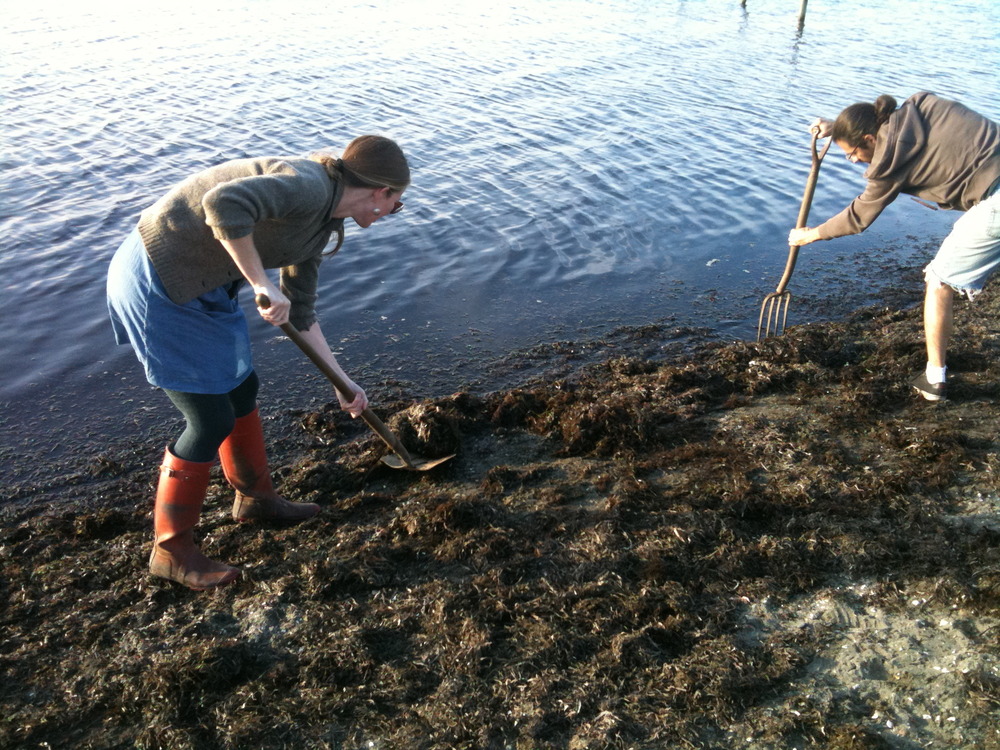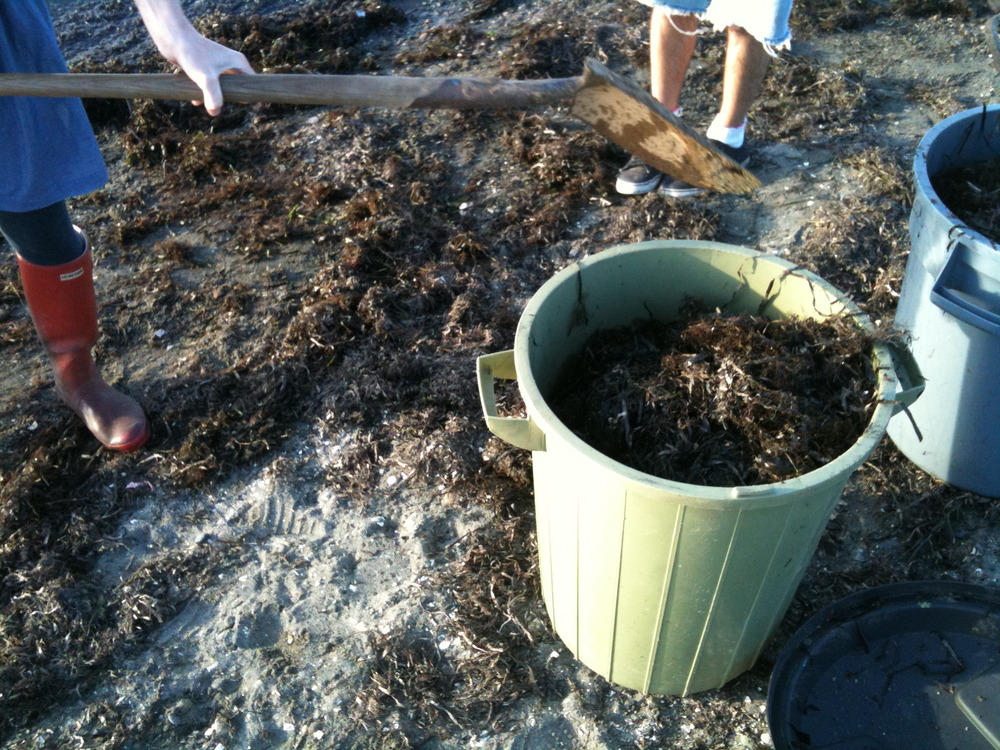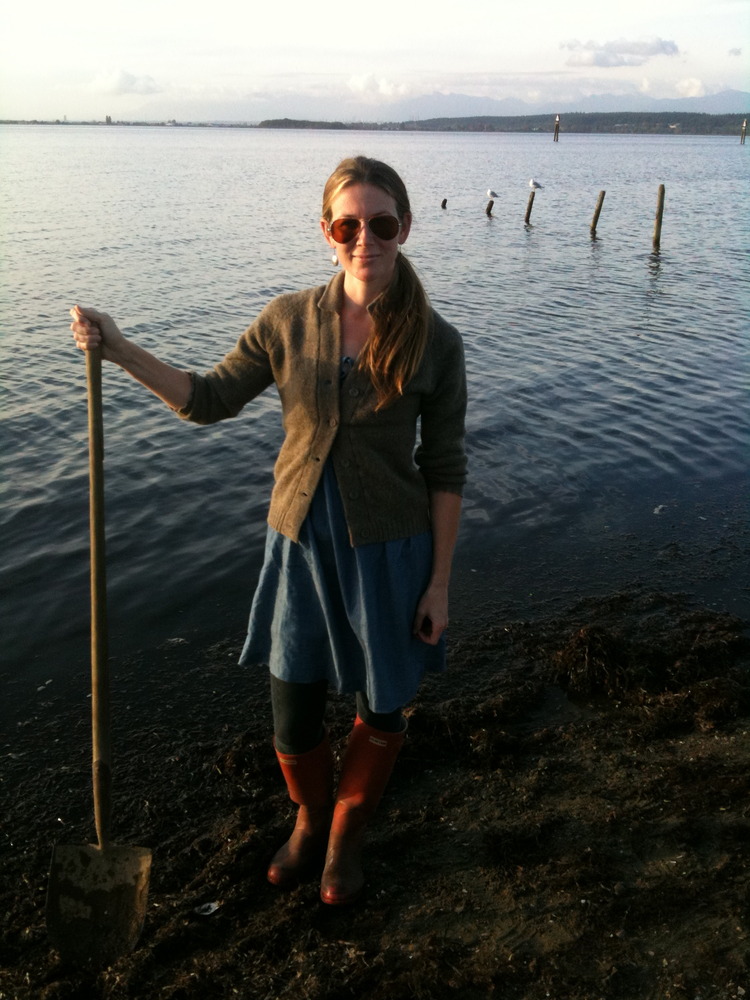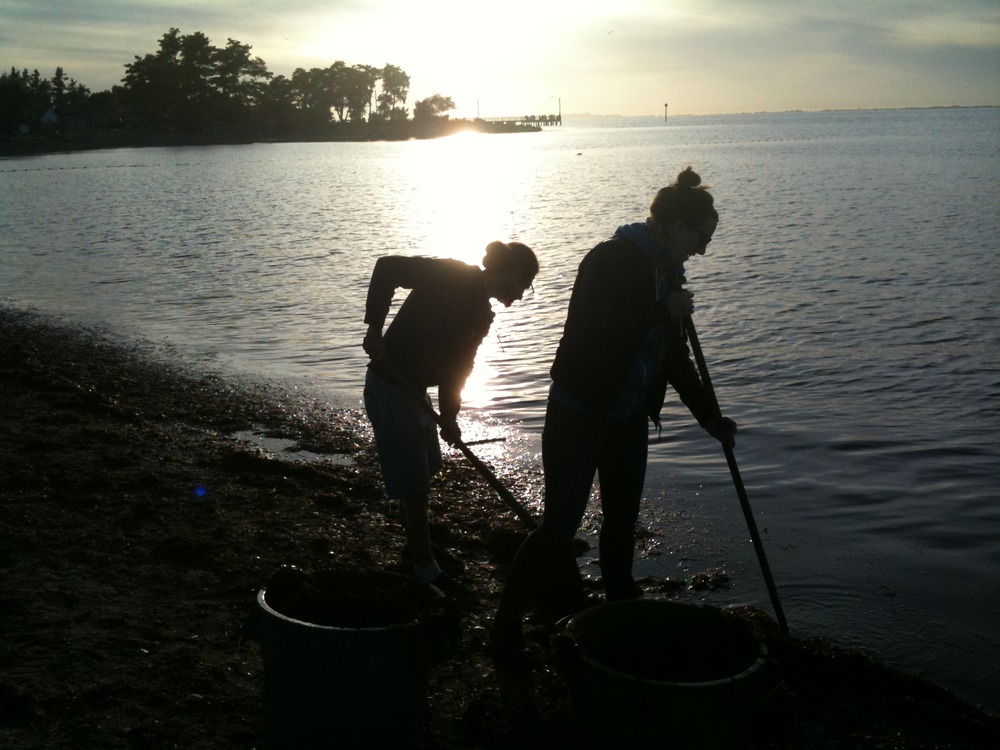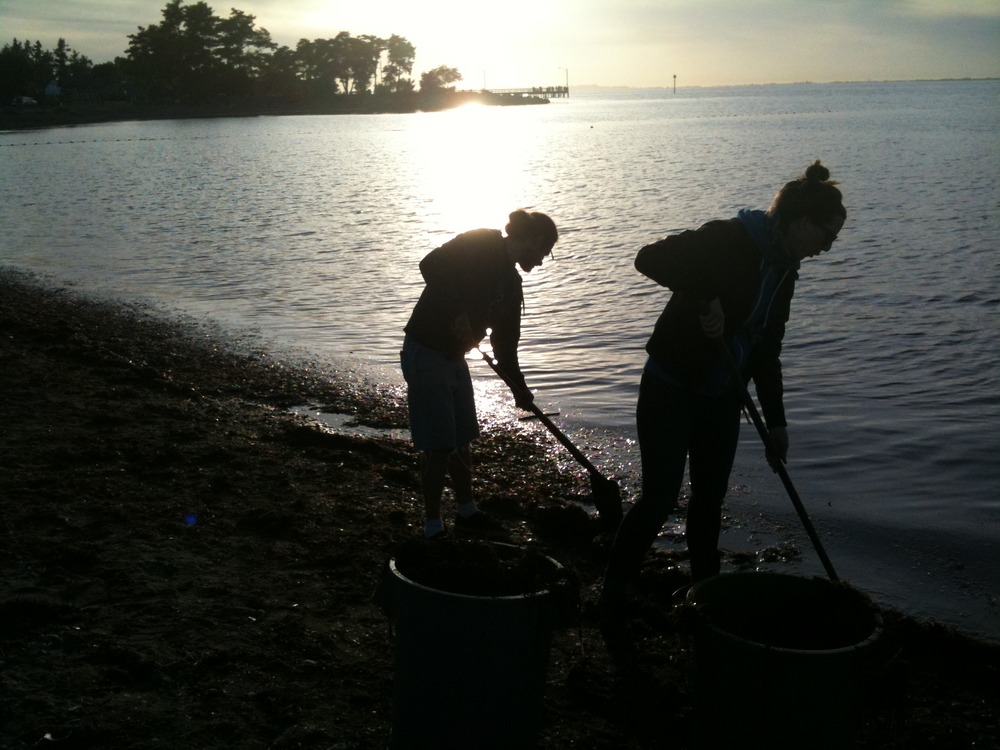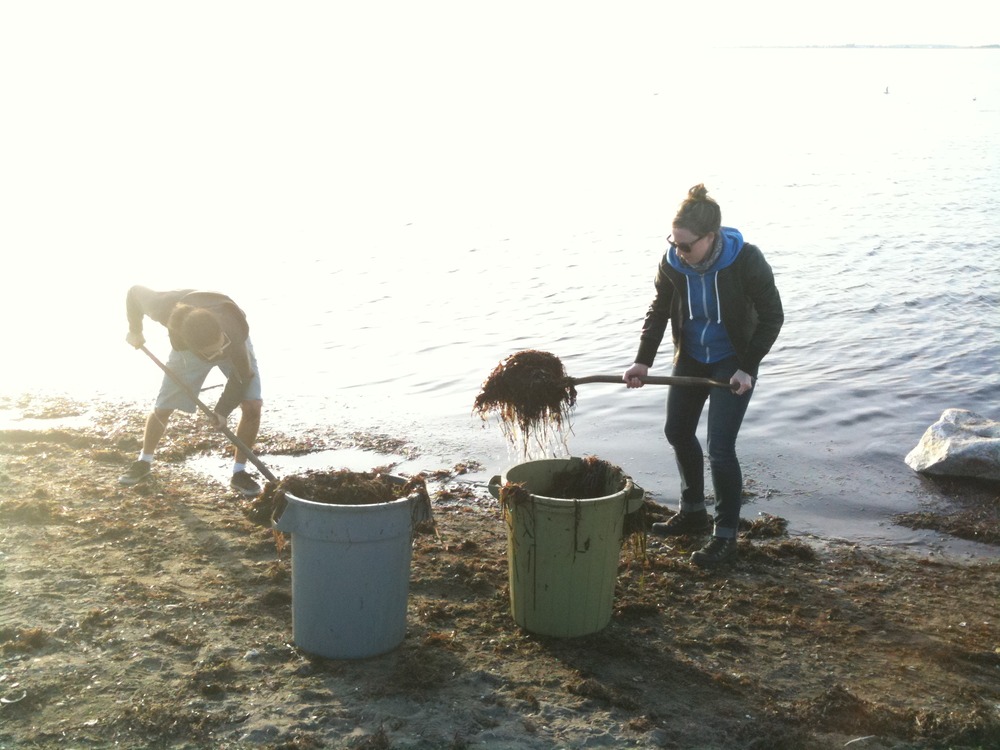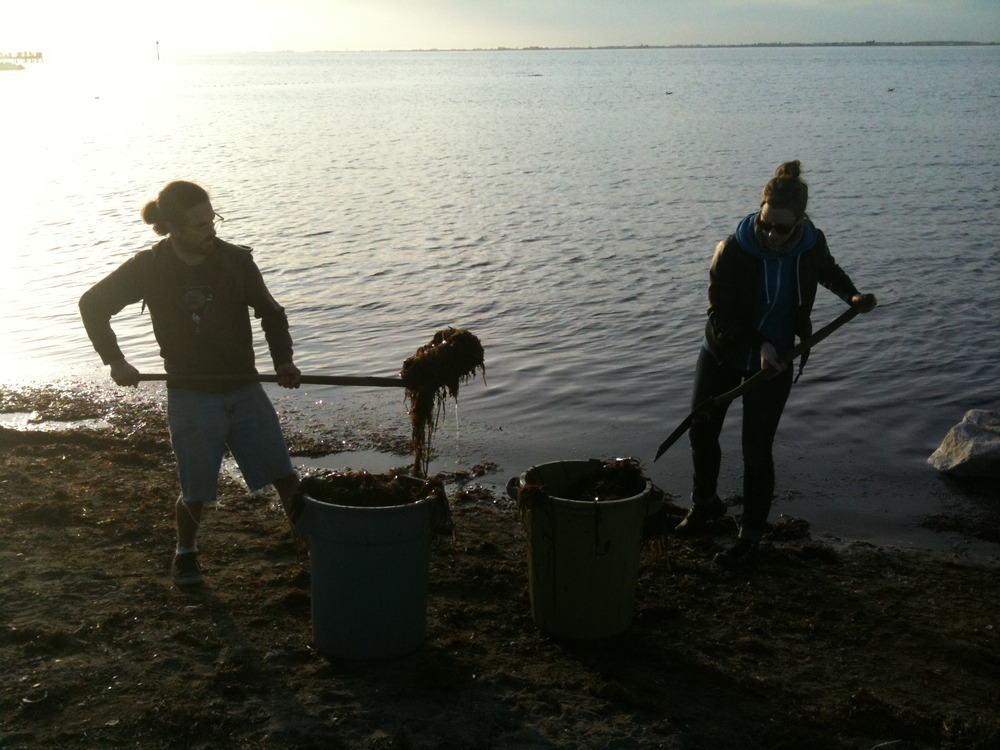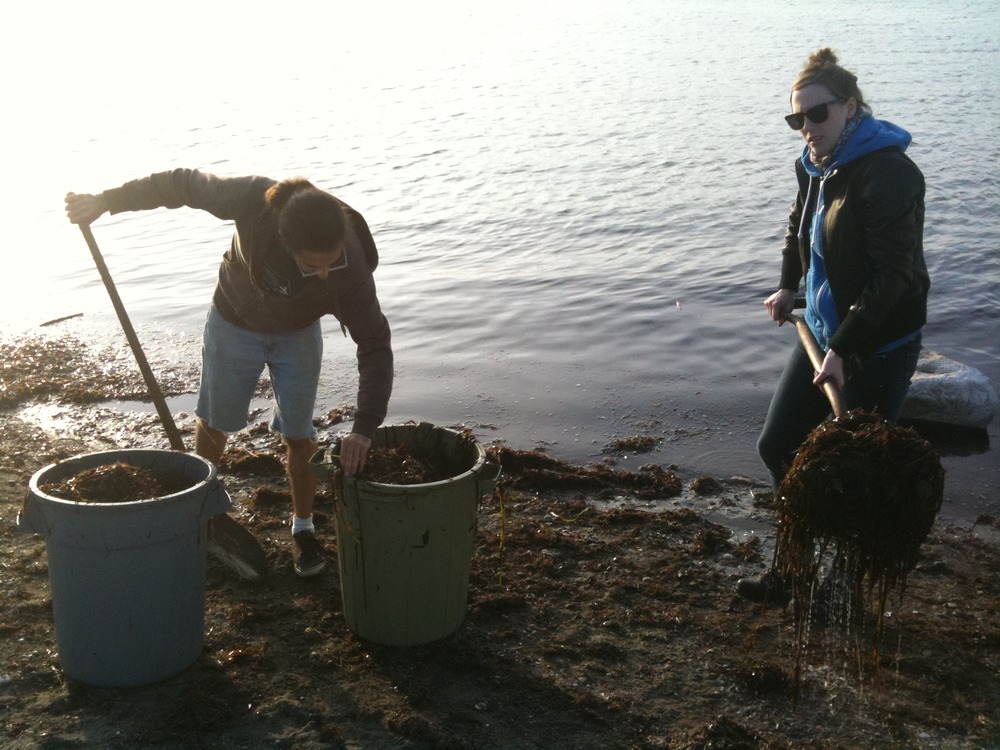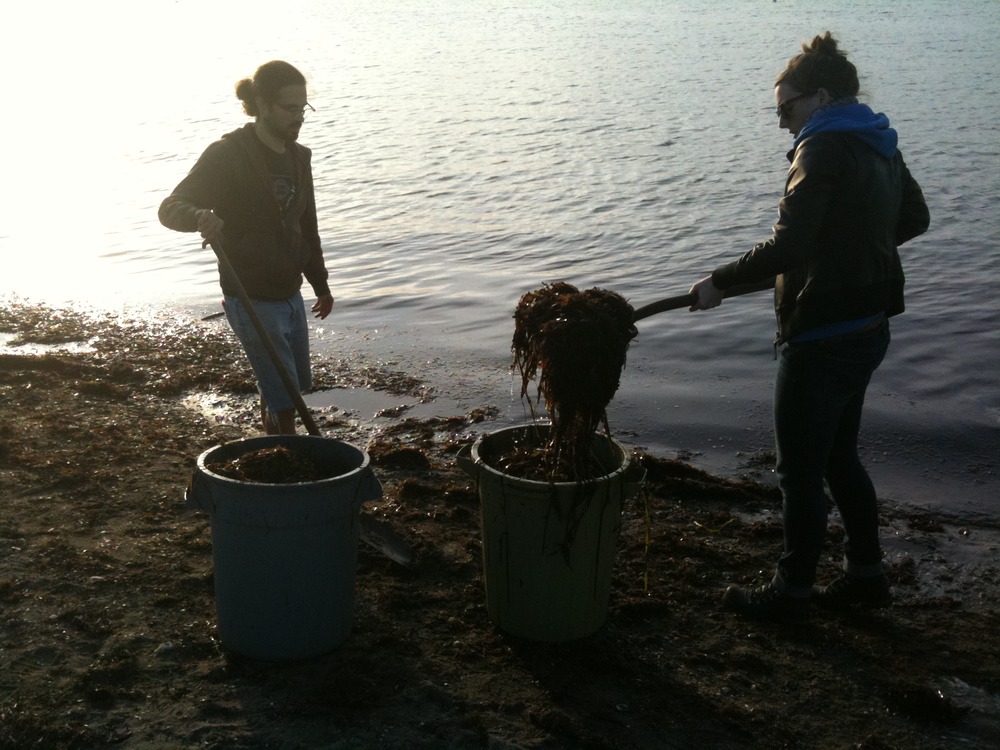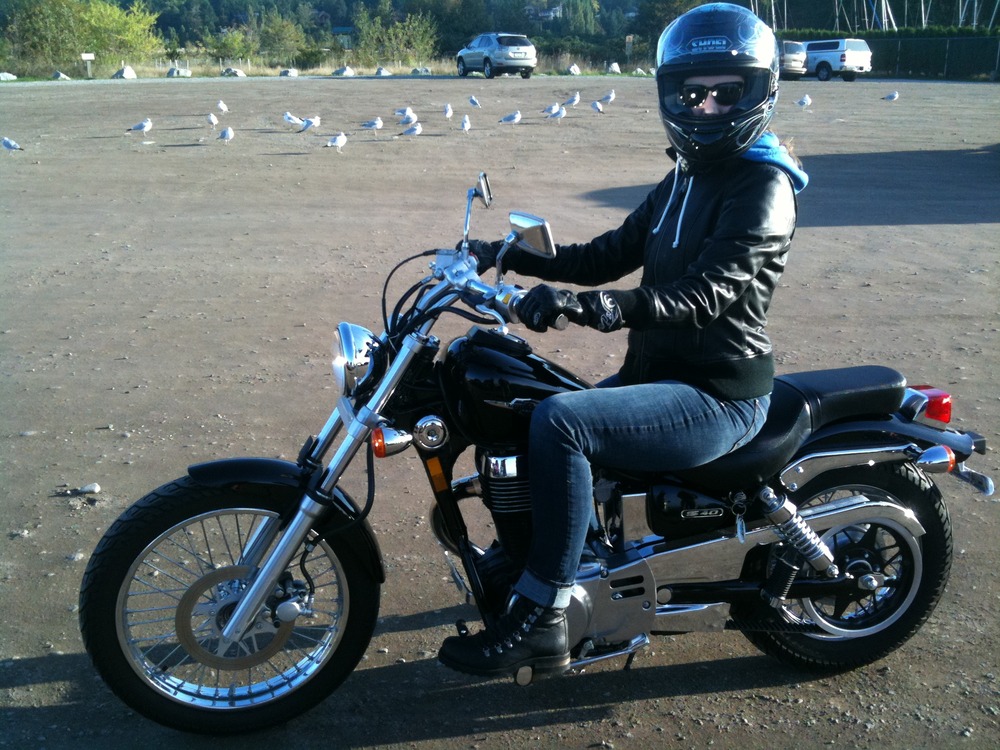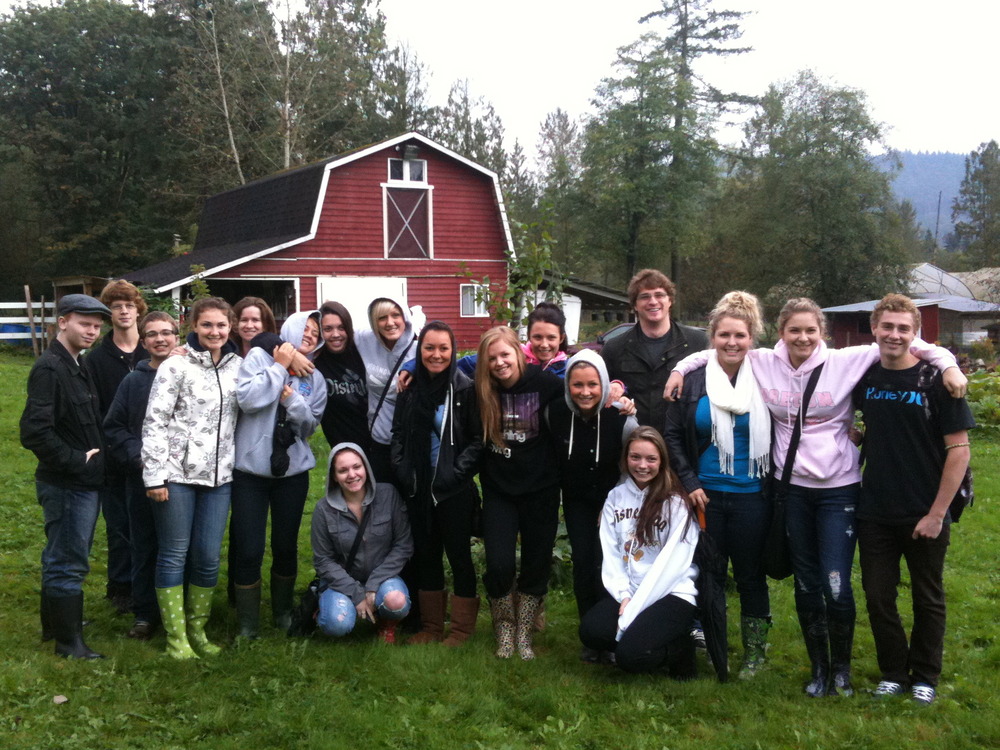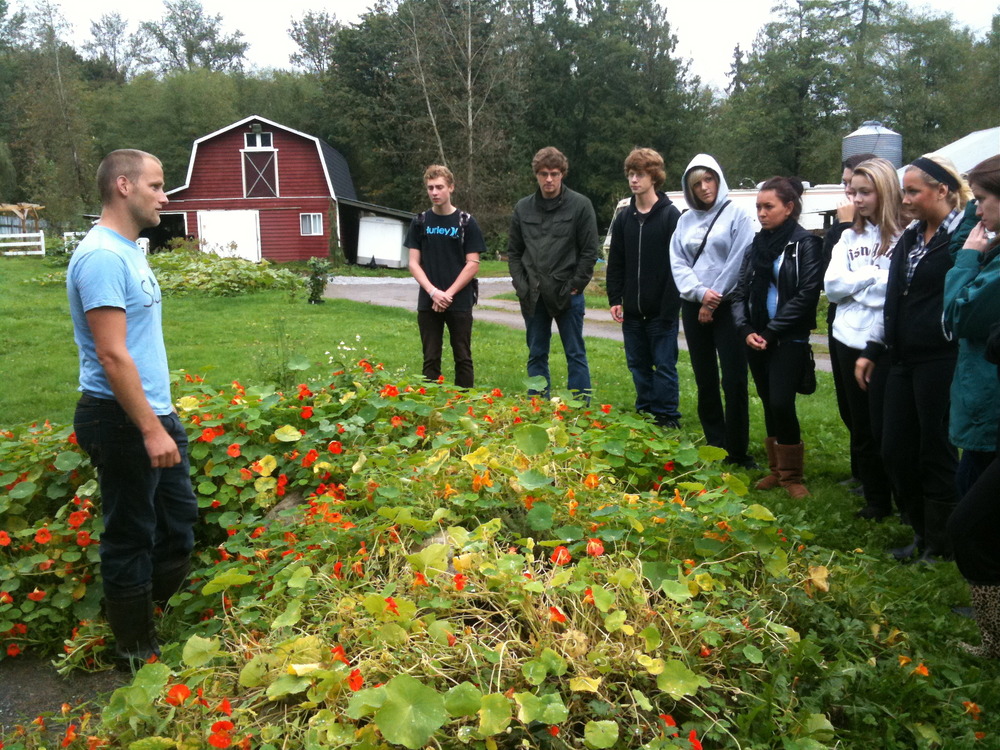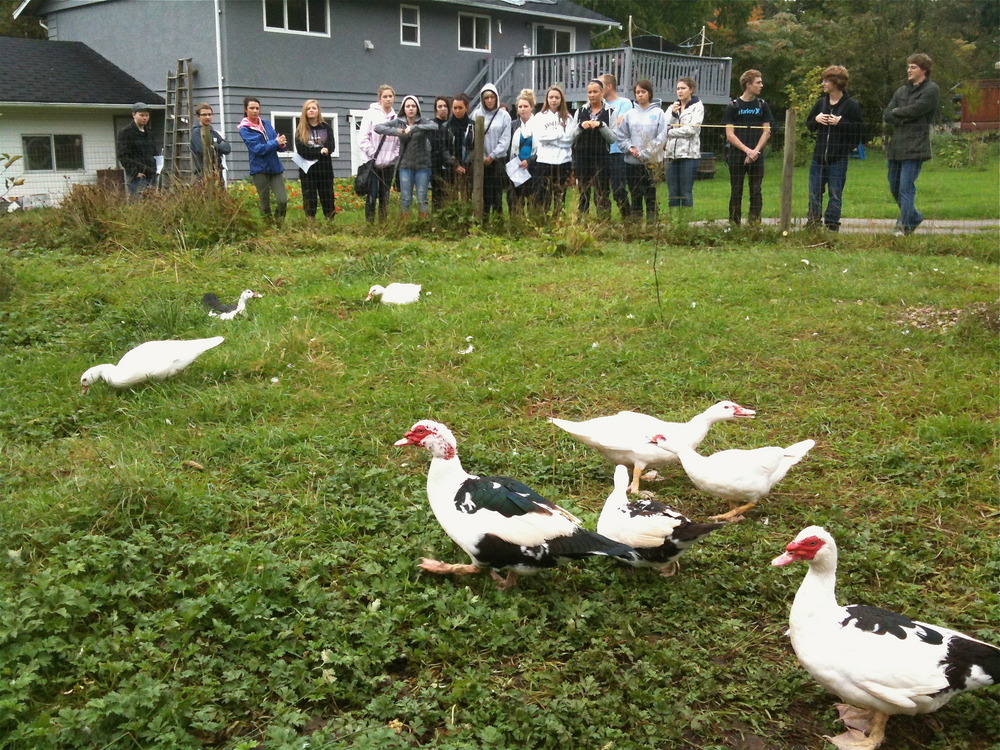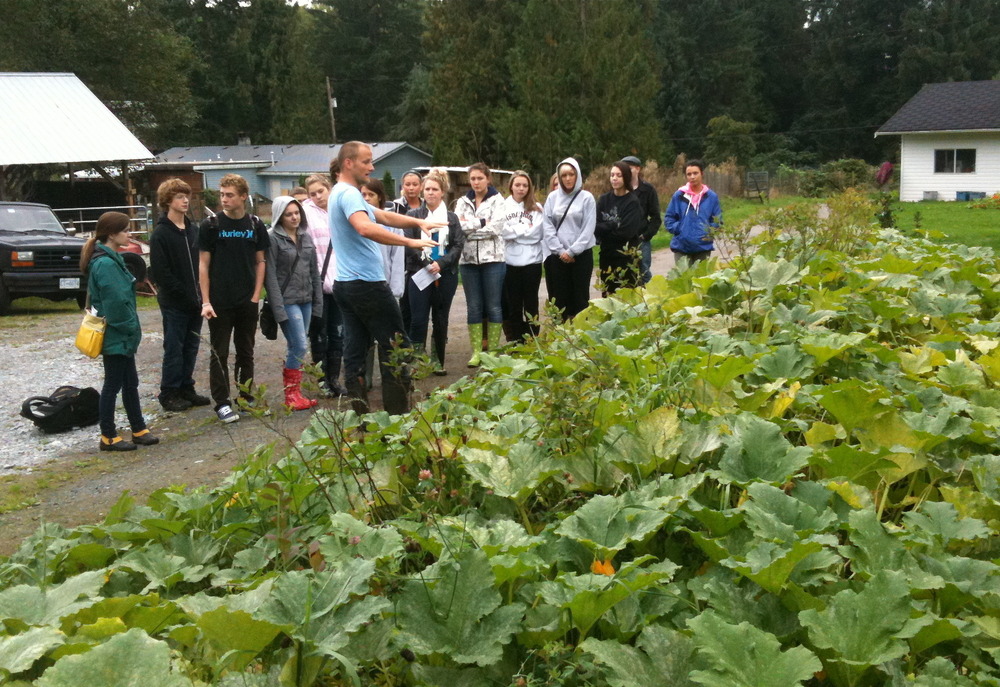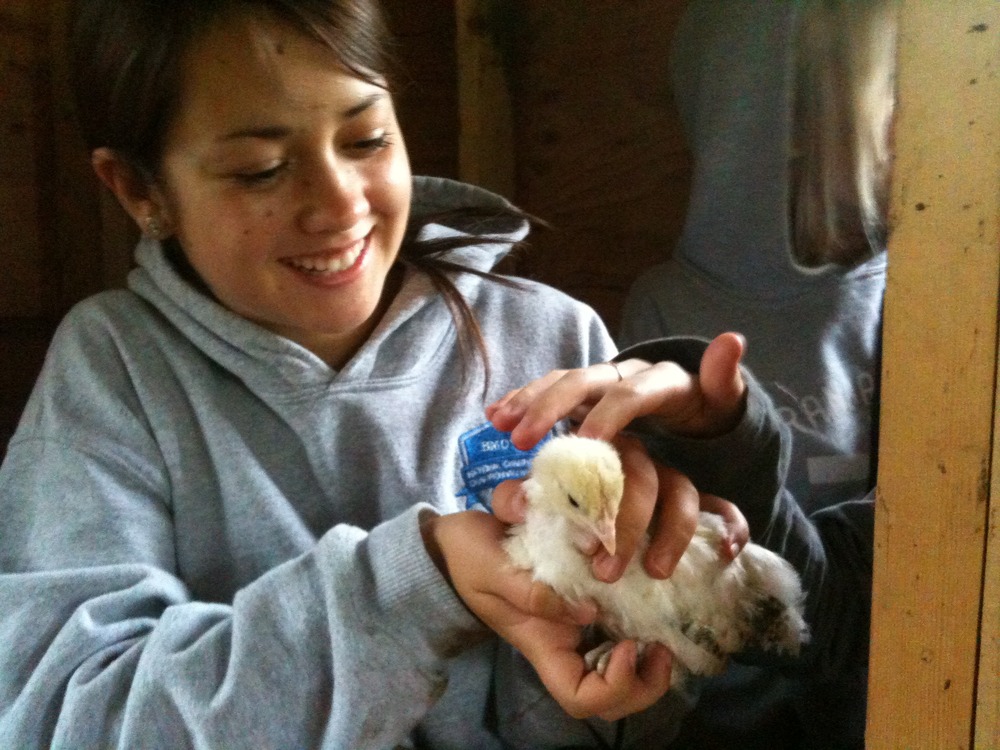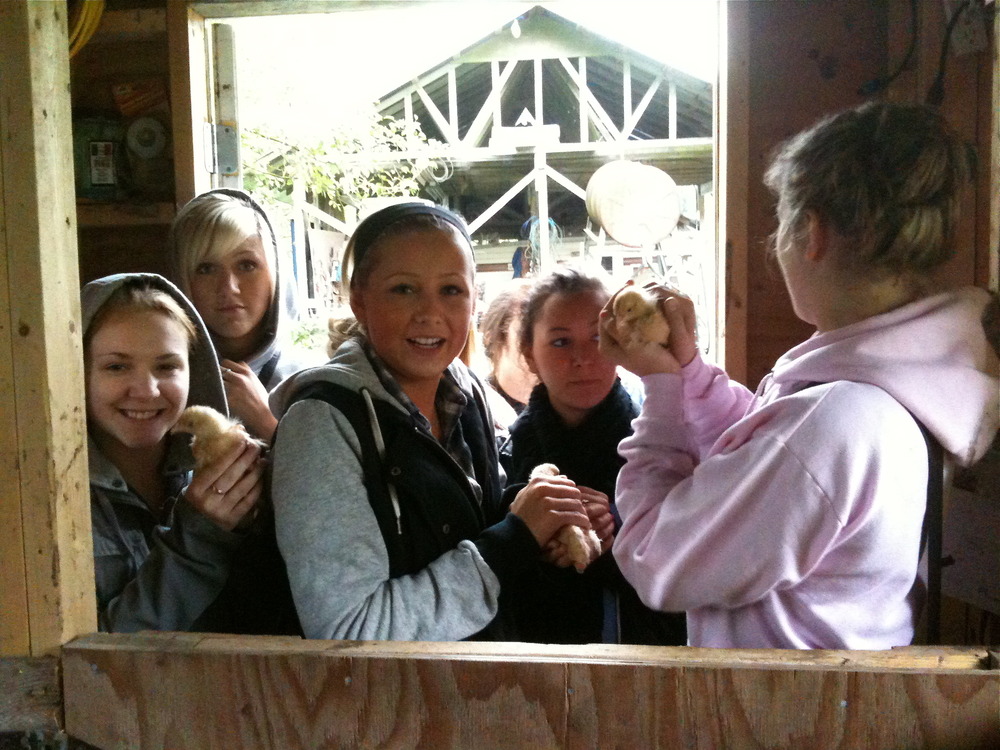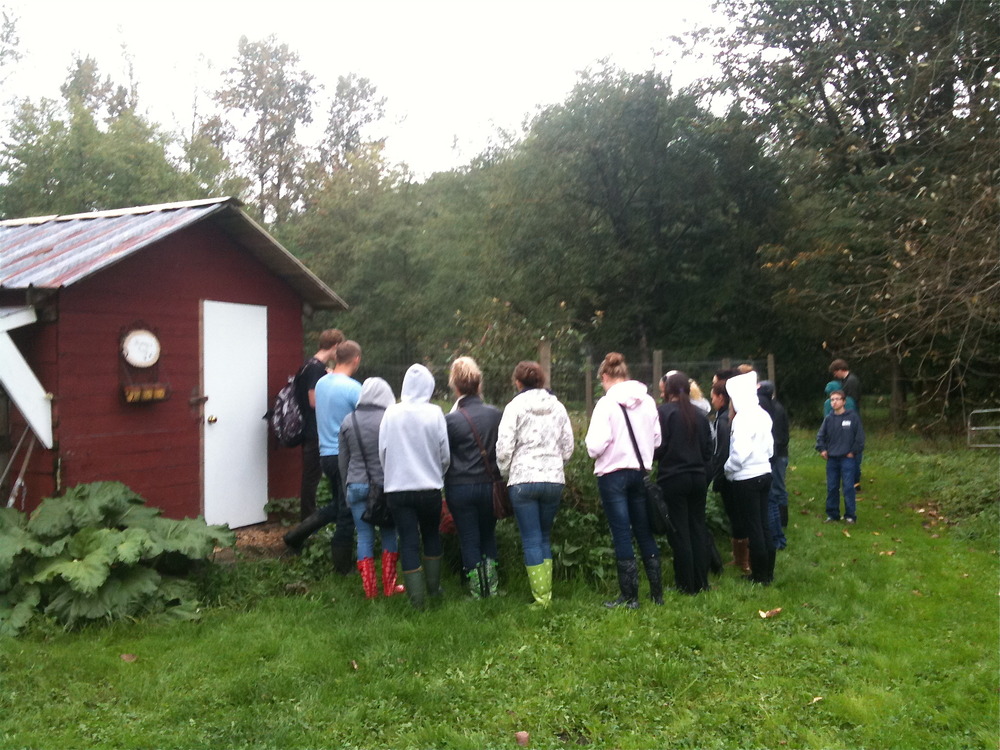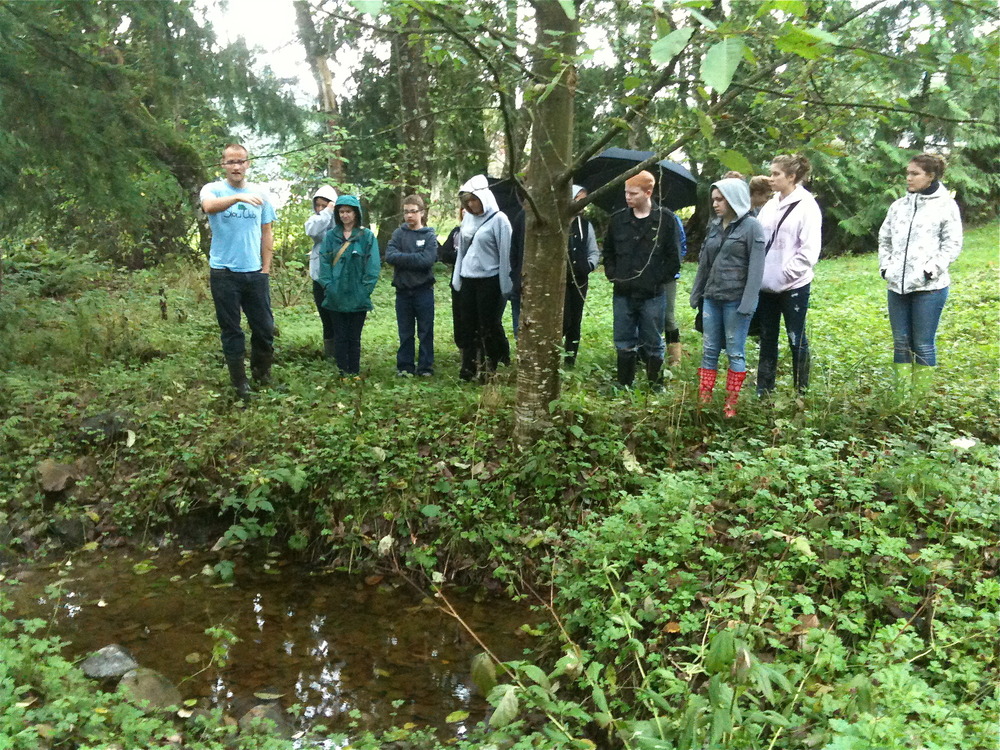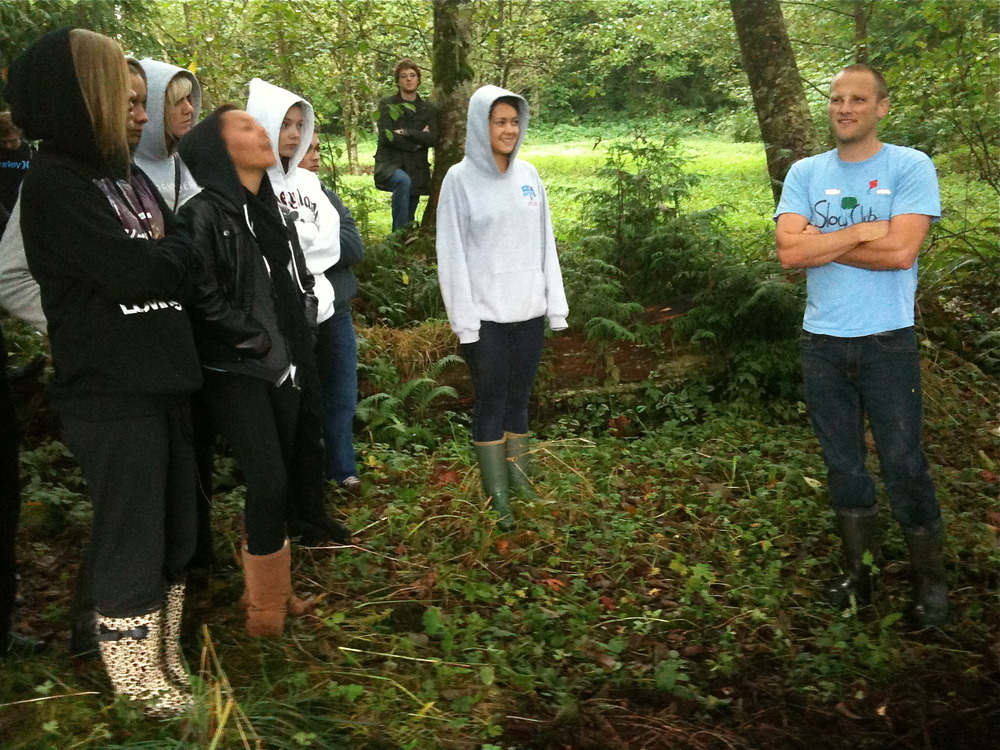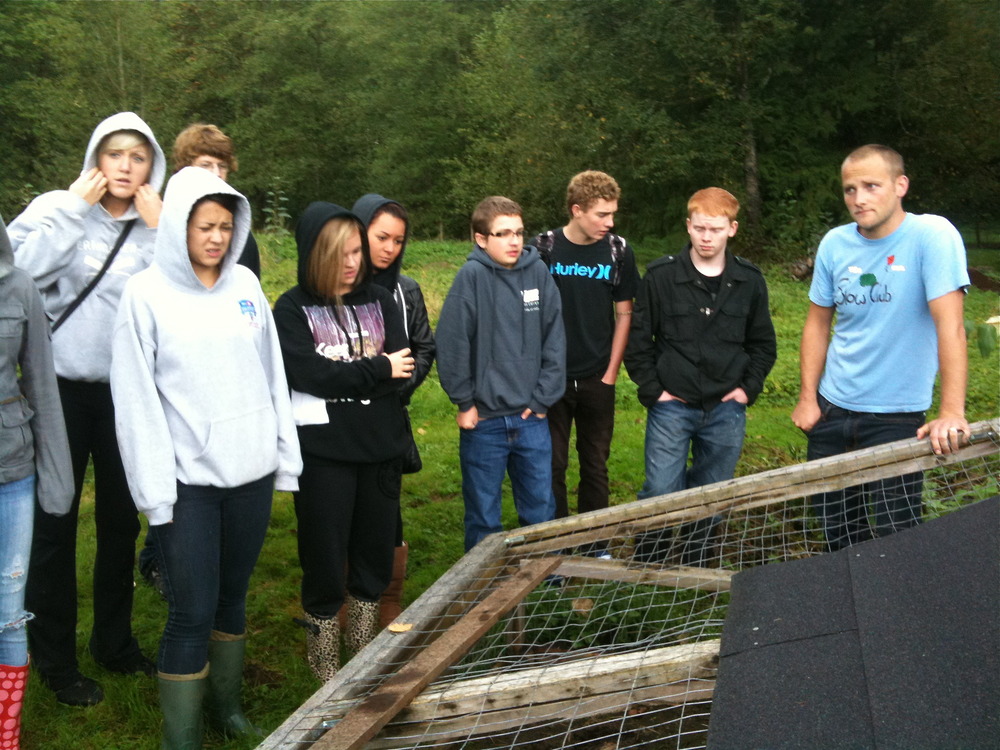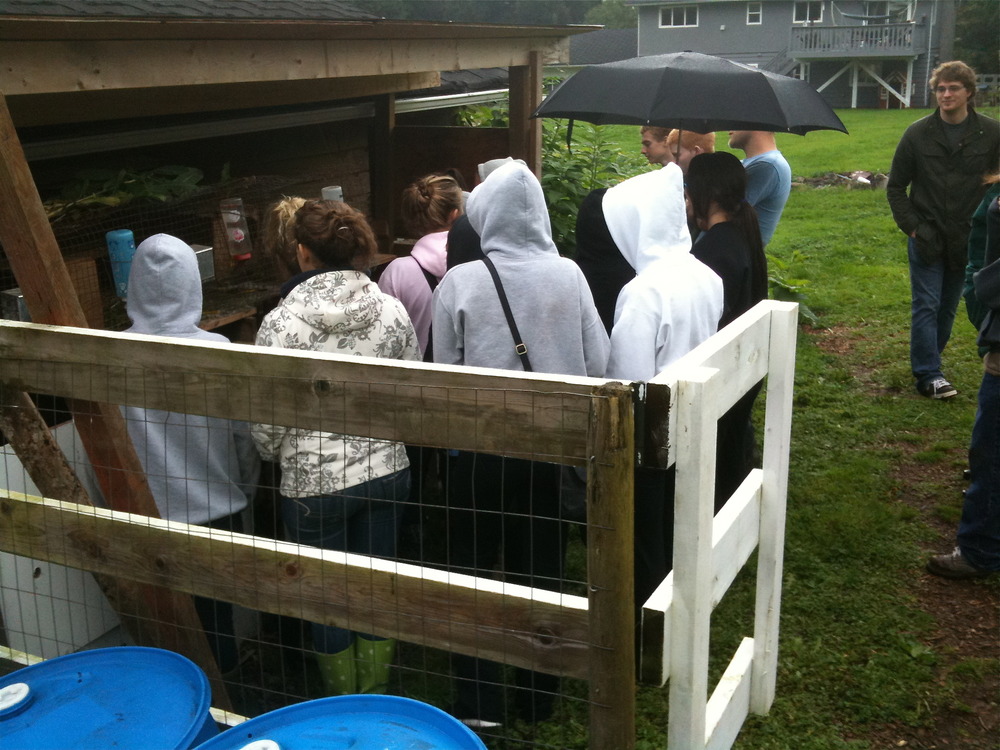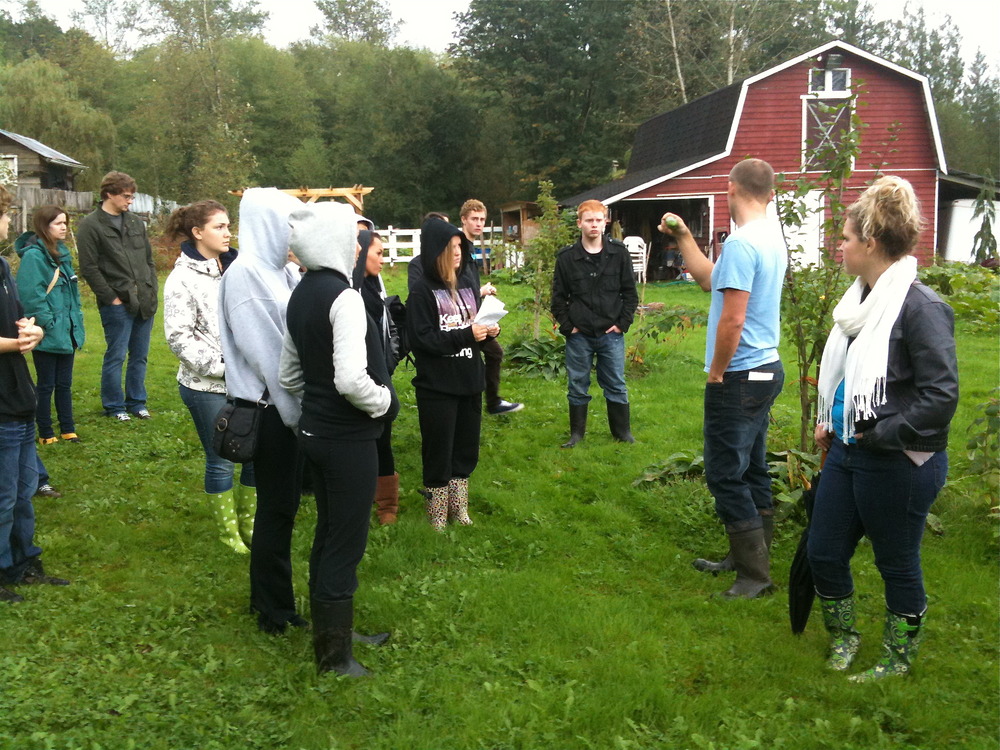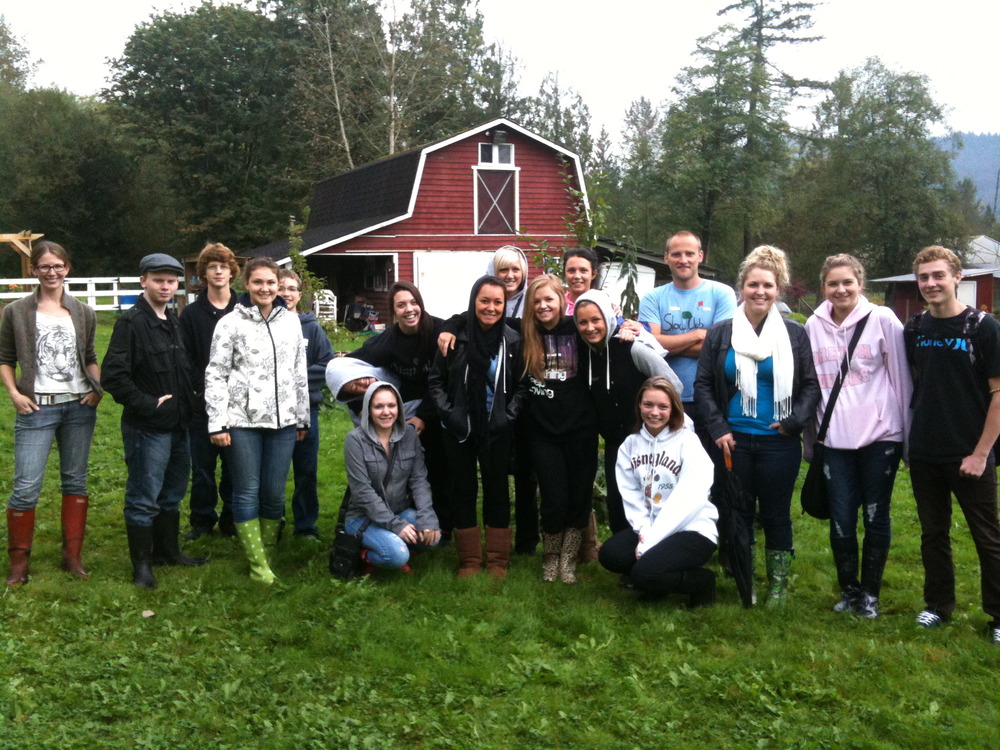Okay, I’ve returned from my (awesome) 5 day trip to the Northwest Permaculture Convergence and am back into busy life mode. In the last two days, I’ve tidied up our deep beds, added new compostable layers to garden beds, mowed the lawn, joined the board of a local environmental group, participated in my first hot yoga class, tutored (my acitivity that pays the bills) and spent quality time with good people. It’s rainy out today and I’m tired so it seems like a good day to do some typing from my cozy little nest bed in the trailer.
I’m going to start getting this blog caught up by writing about the harvesting of seaweed for garden beds. I spent Tuesday adding some recently collected seaweed to the hugelkulture bed I’m working on and did the same thing with my lasagna bed last week.
It started a week and a half ago when my friend Chris and I made a trip out to Crescent Beach near White Rock to load up his truck with salty kelp for both of our respective gardens. My sister Stephanie rode her new motorbike out to meet us and lend a hand.
So, why seaweed? Seaweed is chock full of vitamins and minerals that soil loves – and it’s free! Plus, who doesn’t love an excuse to go to the beach? The nutrients found in seaweed help condition soil, making it richer and healthier, resulting in better growing environments for plants. According to some online research, seaweed improves soil fertility, adds nutritional value to fruits and vegetables, encourages more extensive root growth and helps fight off disease and pests.
And how does one apply seaweed? Most of what I’ve read suggests rinsing seaweed or letting it get washed by rain (not a challenge here) before adding it to garden beds to reduce some of the salt content (there seems to be debate about whether this is really necessary or not). I added it directly onto my hugelkulture and lasagna beds (on top of composted horse manure), about 4 inches thick. You can also add it to your composting system or make a liquid spray fertilizer out of it. Other websites suggest laying it around pre-existing plants to help strengthen the soil they’re growing in.
If you’re going to head down to the beach to try this out, I recommend double-checking that it’s legal to do s
o (official parks, as a general rule, seem to be off limits). I highly recommend (legal) seaweed harvesting though – it’s a fun activity and your soil will thank you!
